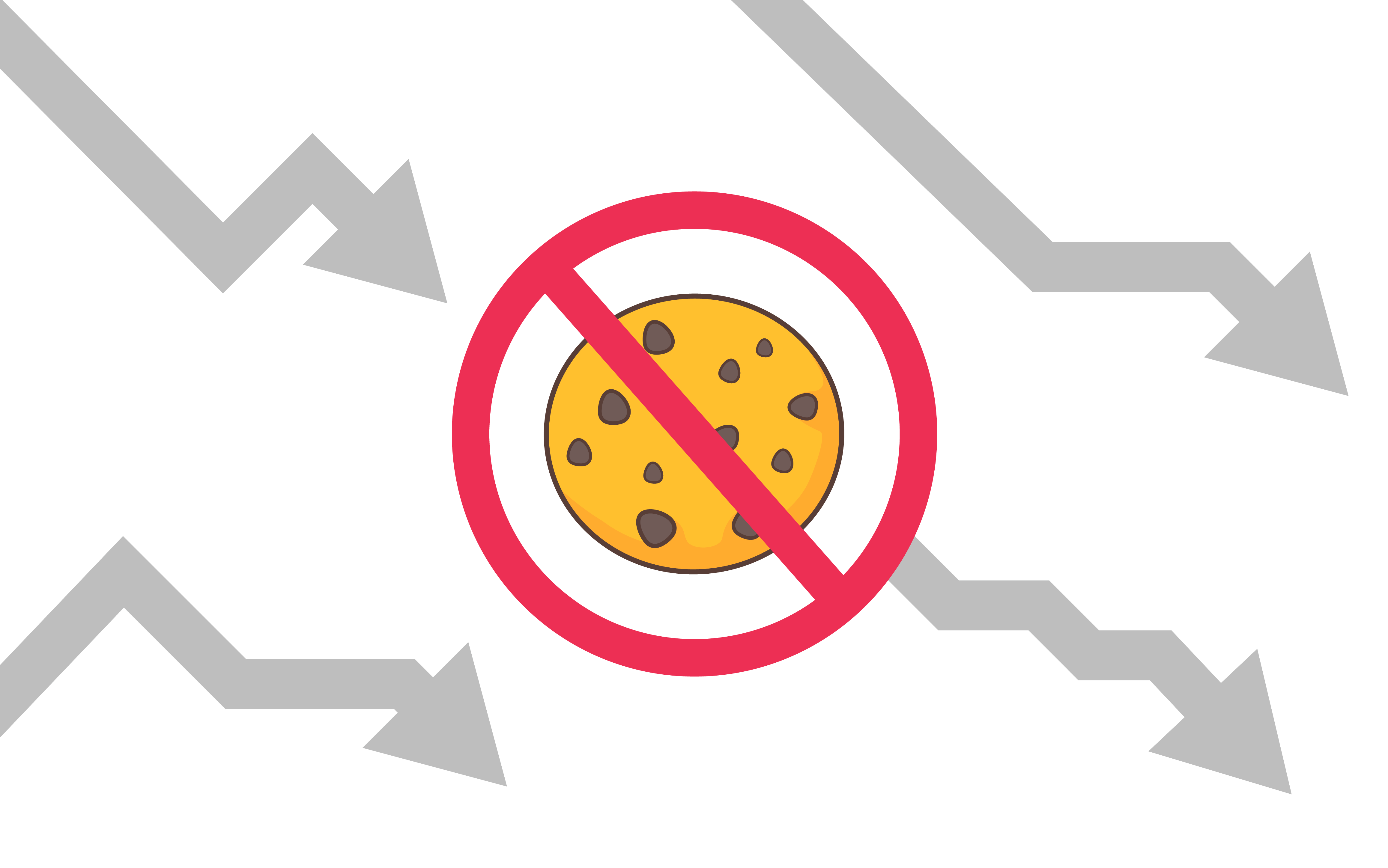We all now know that in the second half of 2024, Google will finally stop supporting 3rd party cookies. The tech giant will follow the steps of other popular browsers (like Safari, Firefox, and Edge) that have already limited or completely stopped the use of cookies.
When we know that Chrome owns over 60% of the market share, it’s easy to see that Google joining the rest of the browsers, will have the most prominent impact on the marketing environment. But how will the end of 3rd party cookies affect the advertising efforts of so many businesses?
Where Are the 3rd Party Cookies Going?
3rd party cookies have been widely used by businesses around the world in order to optimize their advertising efforts. Meanwhile, internet users benefited from them as their online experience, including advertising preferences, was customized to their interests.
However, with the growing concern regarding online privacy, support for 3rd party cookies from all the main browsers ends. But what even are cookies? They’re small text files that every website sends to the browser of the user in order to collect data about the user’s behavior.
As a result, when the user visits the same website the next time, the entire experience is much more suited to their tastes. That, of course, makes browsing the web much more enjoyable to an average user.
The Role of 3rd Party Cookies in Marketing

Of course, data gathered by 3rd party cookies have been used not only for the benefit of internet users but marketers too. Advertising teams could utilize collected information to display highly personalized content that gained better engagement rates and improved conversion. Retargeting is definitely one of the best examples of the use of 3rd party cookies in advertising.
It’s a method that monitors the user’s browsing history in order to match the ads better. It displays ads for products and/or services that users have already shown interest in. For example, if someone looks at golden picture frames on your website, they will see ads for those items when they visit other domains.
And thanks to Deep Learning, you can display to them additional products that may pique their interest, such as posters, postcards, or picture-developing services. Will all this be achievable when 3rd party cookies are gone?
How About… 1st Party Data?

Many people don’t realize that 3rd party cookies have been working on the base of other types of cookies – 1st party ones to be exact. And there are several ideas that utilize 1st party data in the cookieless future!
The most promising approach has been officially backed by a couple of main players, including Edge and Chrome. It focuses on the use of privacy-preserving marketing APIs – they enable advertising efforts but guard the privacy of internet users.
In this method, advertisers can target their content, not individual users, but groups of them, which are created based on similar interests.







